Why Buy a Mexican Red Knee Tarantula?
The Mexican Red Knee Tarantula, scientifically known as Brachypelma hamorii, is a captivating creature, making it a popular choice for both novice and experienced arachnid enthusiasts. This guide will walk you through everything you need to know before you buy a Mexican Red Knee Tarantula in the UK. These spiders are known for their striking appearance, docile temperament, and relatively low maintenance requirements, making them a rewarding pet. They offer a unique opportunity to observe the fascinating world of arachnids in your own home. Owning a tarantula provides an educational and engaging experience, teaching responsibility and respect for wildlife. The Mexican Red Knee Tarantula’s longevity also means you can enjoy their presence for many years to come.
Understanding the Mexican Red Knee Tarantula (Brachypelma hamorii)
The Mexican Red Knee Tarantula, formerly known as Brachypelma smithi, is native to the Pacific coast of Mexico. They are famous worldwide and admired for their striking coloration and calm demeanor. The name ‘Red Knee’ comes from the vibrant red or orange markings on their leg joints, contrasting with the black body and legs. Understanding this species’ natural habitat is crucial for providing proper care in captivity. They are terrestrial spiders, meaning they primarily live on the ground, and they are known for their burrowing behavior. This knowledge informs your habitat design, substrate selection, and overall care approach. Familiarizing yourself with their needs ensures a healthy and happy pet.
Appearance and Characteristics
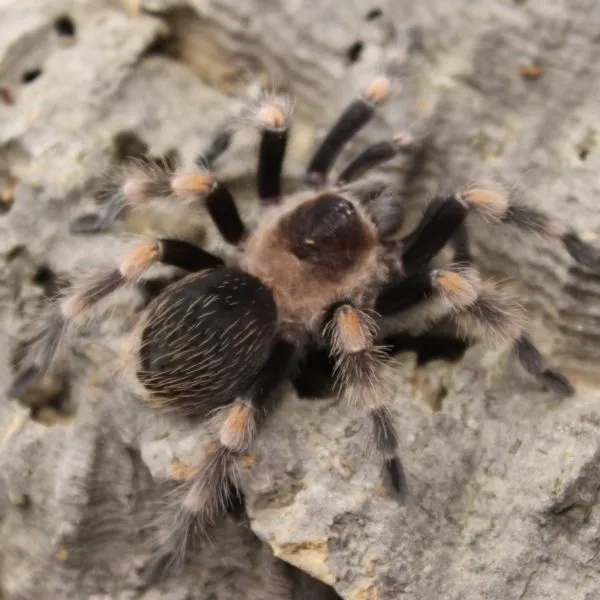
The Mexican Red Knee Tarantula is easily recognized due to its distinctive appearance. They have a dark body covered in hairs and possess vibrant red or orange markings on their leg joints. Females are generally larger than males, with a lifespan that can extend to 20-30 years. Their size can reach up to 6 inches in leg span. Males tend to be smaller and have a shorter lifespan, typically around 5-10 years. They also have a slightly different appearance, with modified pedipalps used for mating. This species is known for its docile temperament, making it a good choice for beginners. They are generally slow-moving and not prone to biting unless provoked. The impressive coloration makes them a beautiful addition to any collection.
Lifespan and Temperament
One of the appealing aspects of the Mexican Red Knee Tarantula is its longevity. Females can live for an impressive 20-30 years, offering a long-term companionship. Males, however, have a shorter lifespan, typically 5-10 years. The temperament of this species is generally docile, making them a popular choice for tarantula keepers. They are not aggressive and are less likely to bite compared to other species. However, they possess urticating hairs, which they can flick off their abdomen as a defense mechanism. These hairs can cause skin and eye irritation. When handled, it’s important to avoid startling the spider. Slow, deliberate movements are key to ensuring a positive interaction. Observe your tarantula’s behavior. If it appears agitated, such as raising its front legs or flicking hairs, it’s best to leave it alone.
Where to Find Mexican Red Knee Tarantulas for Sale in the UK
Finding a Mexican Red Knee Tarantula for sale in the UK involves knowing where to look. Several options are available, including reputable breeders, pet shops, and online suppliers. Research is key to making a safe and informed purchase. Look for breeders who specialize in arachnids and can provide detailed information on the tarantula’s origin, health, and care requirements. Pet shops specializing in exotic pets are another option, but ensure the shop is clean, the animals are well-cared for, and the staff is knowledgeable. The internet provides a vast selection, but be cautious and choose reputable sellers with positive reviews. Verify the seller’s credentials and ensure they comply with all relevant UK regulations. Consider the seller’s experience and their willingness to answer your questions. Buying from a trusted source minimizes risks and increases the chances of acquiring a healthy tarantula.
Reputable UK Breeders and Pet Shops
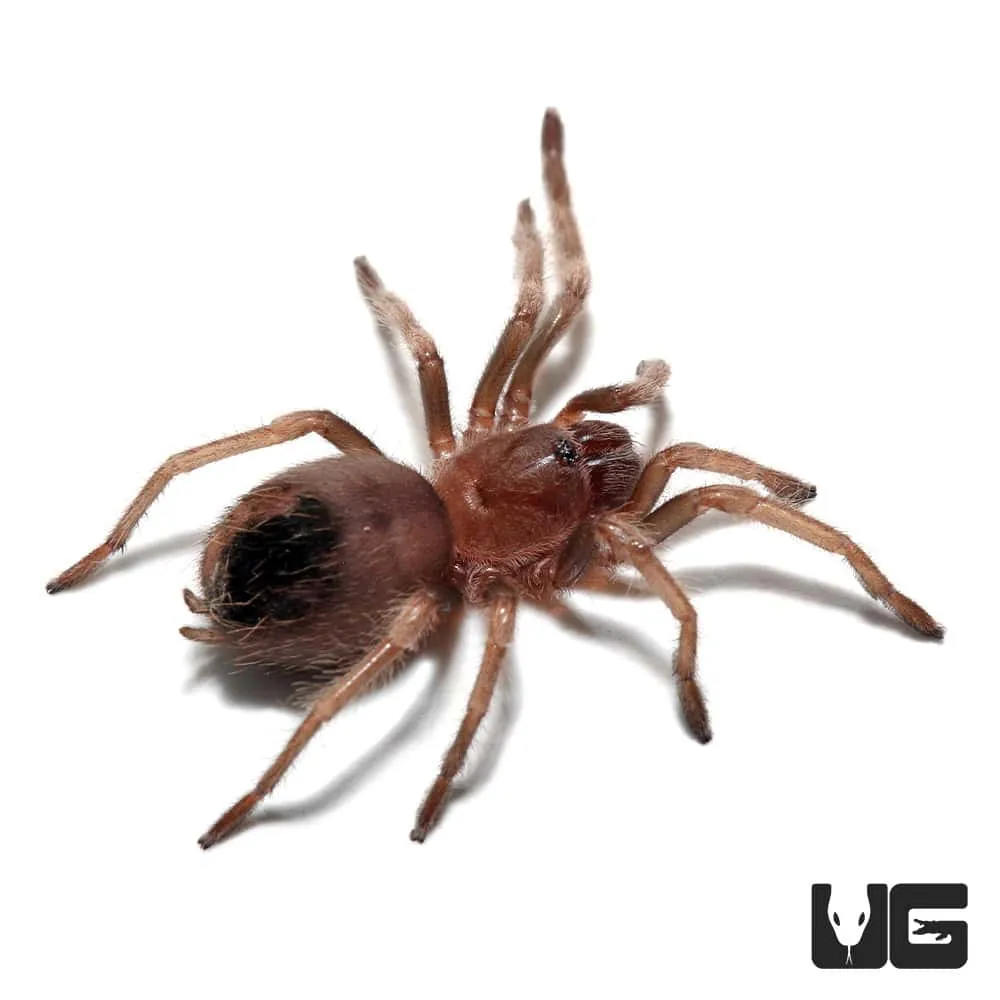
Choosing a reputable breeder or pet shop is paramount when buying a Mexican Red Knee Tarantula. Reputable breeders often specialize in arachnids and prioritize the health and well-being of their animals. They will provide detailed information on the tarantula’s origins, health, and care. Look for breeders with positive reviews and a willingness to answer your questions. Pet shops specializing in exotic pets are another viable option. Ensure the shop maintains clean conditions, the animals are well-cared for, and the staff is knowledgeable. Check for proper housing, temperature control, and adequate food and water. Ask questions about the tarantula’s history, feeding habits, and any health concerns. Avoid purchasing from sources that appear to prioritize profit over animal welfare. A good breeder or pet shop will be passionate about tarantulas and happy to share their expertise.
Online vs. Local Suppliers Pros and Cons
Deciding between online and local suppliers has pros and cons. Online suppliers often provide a wider selection and potentially lower prices, as they may not have the overhead of a physical store. You can browse through different breeders and compare prices easily. However, you can’t physically see the tarantula before purchasing, so you rely on photos and descriptions. Shipping can also be stressful for the tarantula, and there’s a risk of delays or issues during transit. Local suppliers allow you to inspect the tarantula, assess its health, and ask questions in person. You can see the conditions it is housed in and meet the breeder or shop owner. The main disadvantage may be a more limited selection and potentially higher prices. Consider the convenience, selection, and your comfort level when making your decision. Consider whether you have a good local supplier, as in-person interaction can be a significant benefit.
What to Consider Before Buying
Before buying a Mexican Red Knee Tarantula, several factors require careful consideration. The first is your commitment. Tarantulas are long-lived pets, particularly females. Ensure you are prepared to care for them for many years. Research the care requirements thoroughly, including habitat setup, feeding, and handling. Assess your lifestyle and whether you have the time and resources to provide proper care. Consider the potential costs, including the initial purchase price, enclosure, substrate, food, and any necessary supplies. Make sure you are not allergic to tarantulas or their hairs. Lastly, ensure that everyone in your household is comfortable with having a tarantula. If you have children or other pets, take extra precautions to ensure their safety and the tarantula’s well-being. Thoroughly evaluating these factors will help you make an informed decision and be prepared for the responsibilities of tarantula ownership.
Legality and Regulations
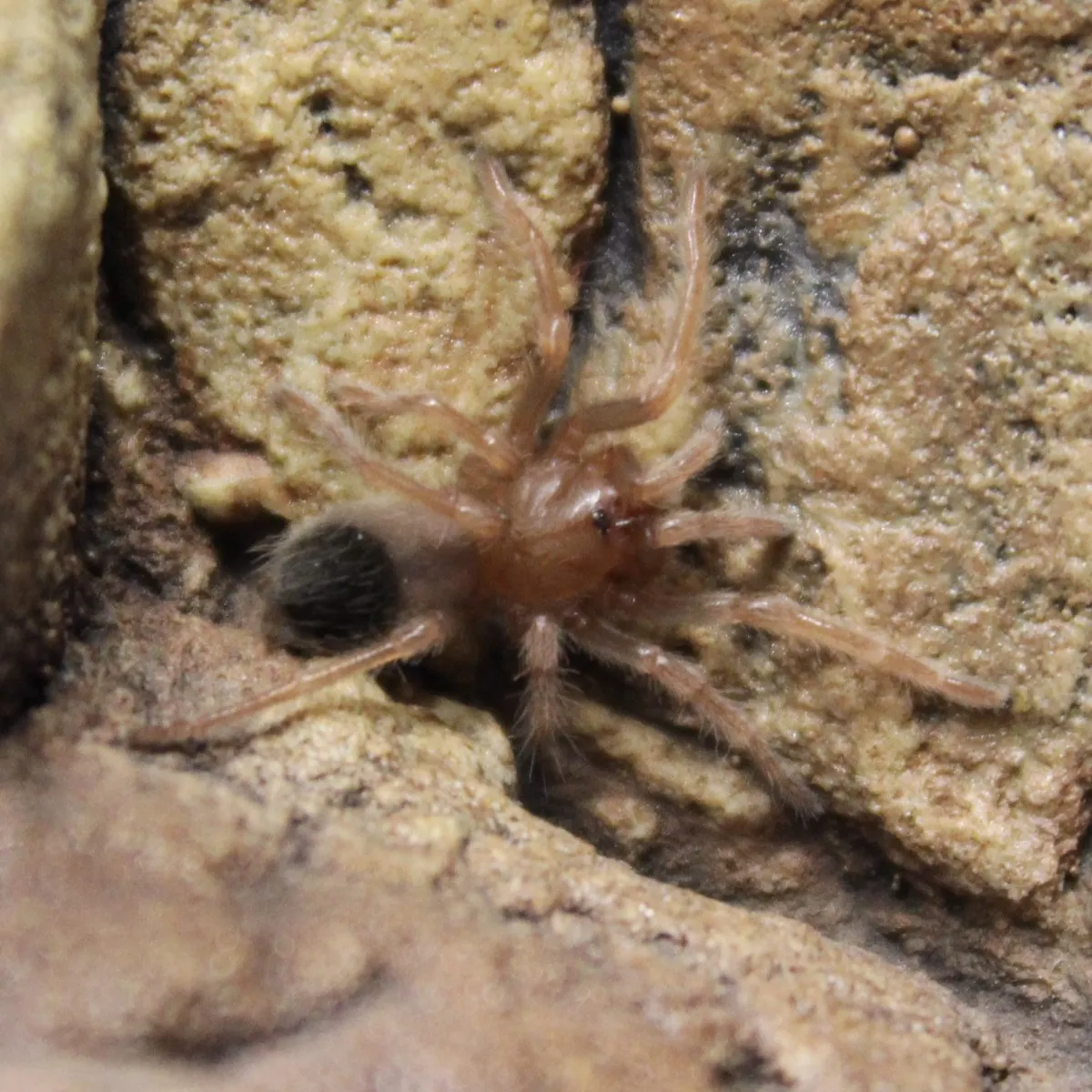
In the UK, owning a Mexican Red Knee Tarantula is generally legal, but it’s crucial to be aware of any local regulations or restrictions. Check with your local authorities to ensure there are no specific permits required for keeping exotic pets. The Convention on International Trade in Endangered Species of Wild Fauna and Flora (CITES) regulates the international trade of endangered species. While Mexican Red Knee Tarantulas are not typically highly regulated, it’s important to ensure the tarantula you purchase has been bred in captivity. Avoid purchasing wild-caught specimens, as this is harmful to the tarantula population. Some local councils might have specific rules regarding the housing of exotic animals, so it’s advisable to check with your local council. Research the seller’s compliance with relevant UK regulations. Always prioritize ethical sourcing and responsible pet ownership to support conservation efforts.
Health and Condition
Assessing the health and condition of a Mexican Red Knee Tarantula before purchase is crucial. Look for a tarantula that is alert and active, not lethargic or unresponsive. Inspect the abdomen for any signs of damage or injury. A healthy abdomen should be full and rounded, not shrunken or wrinkled. Check the legs for any missing limbs or unusual movements. Examine the tarantula’s fangs and mouthparts to ensure they are in good condition. Look for any signs of parasites or infections, such as unusual bumps, discoloration, or excessive shedding. Observe its behavior and watch for any signs of stress, such as constant hiding or erratic movements. Ask the breeder or seller about the tarantula’s feeding habits and whether it has eaten recently. Request information about its molting history. Choose a tarantula that appears healthy and exhibits normal behavior. A reputable breeder will be transparent about the tarantula’s health and history.
Setting Up Your Mexican Red Knee Tarantula’s Habitat
Creating a suitable habitat is essential for the health and well-being of your Mexican Red Knee Tarantula. It should mimic their natural environment as closely as possible. Choose an enclosure that is appropriate for their size, considering they can reach a leg span of up to 6 inches. A glass terrarium or a plastic enclosure designed for reptiles or arachnids is recommended. Make sure the enclosure is escape-proof, as tarantulas are skilled climbers. The enclosure size should be at least three times the tarantula’s leg span in width, length, and height. Provide a substrate that allows burrowing behavior, such as a mix of peat moss, coconut fiber, and vermiculite. Ensure the substrate depth is sufficient for burrowing. Provide hiding places, such as cork bark or artificial hides, where the tarantula can feel secure. Maintain a temperature range of 75-85°F (24-29°C) and a humidity level of 60-70%. Use a thermometer and hygrometer to monitor these conditions. Proper habitat setup is the foundation for a healthy and happy tarantula.
Choosing the Right Enclosure
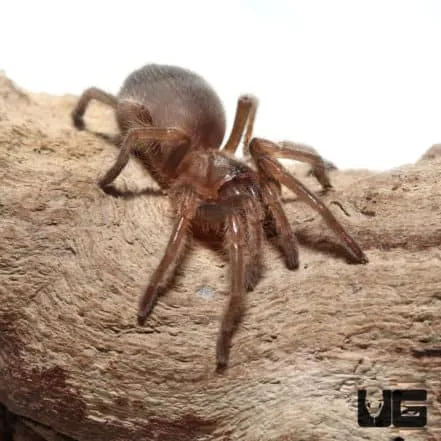
Selecting the right enclosure is crucial for the well-being of your Mexican Red Knee Tarantula. Choose a size that is appropriate for the tarantula’s size, allowing for growth. The enclosure should be escape-proof. A secure lid is essential, as tarantulas are skilled climbers. Glass or plastic terrariums designed for arachnids or reptiles are common choices. Ensure the enclosure has adequate ventilation to prevent the build-up of humidity and promote air circulation. However, avoid excessive ventilation that can lead to a loss of humidity. Choose an enclosure that opens from the top or front, which makes it easier to access the tarantula for feeding and maintenance. Avoid using enclosures with sticky surfaces. Regularly clean and disinfect the enclosure to prevent the build-up of bacteria and maintain a healthy environment. Make sure the enclosure is placed in a quiet area, away from direct sunlight and drafts. A well-chosen enclosure provides a safe, secure, and comfortable home for your tarantula.
Substrate, Decor, and Hiding Places
The substrate, decor, and hiding places significantly impact the comfort and well-being of your Mexican Red Knee Tarantula. A suitable substrate allows for burrowing. A mix of peat moss, coconut fiber, and vermiculite works well. The substrate should be deep enough to accommodate burrowing. Provide hiding places such as cork bark, artificial hides, or even a half-log. These provide security, allowing the tarantula to feel safe and retreat from view. Decorate the enclosure with non-toxic plants or artificial foliage. Avoid sharp or jagged objects that could harm the tarantula. Ensure the decor is stable and won’t collapse, potentially injuring the tarantula. The enclosure should mimic the tarantula’s natural environment. The aesthetic appeal is secondary to the spider’s comfort and well-being. Avoid using sticky substances or any materials that could be harmful if ingested. A well-designed environment offers a secure and enriching habitat.
Temperature and Humidity
Maintaining the correct temperature and humidity levels is vital for the health of your Mexican Red Knee Tarantula. The ideal temperature range is 75-85°F (24-29°C). Use a thermometer to monitor the temperature. Use a heating pad under one side of the enclosure to provide a temperature gradient. This allows the tarantula to choose its preferred temperature. The humidity level should be maintained between 60-70%. Use a hygrometer to monitor the humidity. Mist the enclosure lightly with water once or twice a week, or as needed, to maintain the desired humidity level. Ensure there is adequate ventilation to prevent mold growth. Avoid extreme fluctuations in temperature and humidity. The precise conditions will contribute to successful molting and general health. Regular monitoring and adjustments are crucial to creating the right environment.
Caring for Your Mexican Red Knee Tarantula
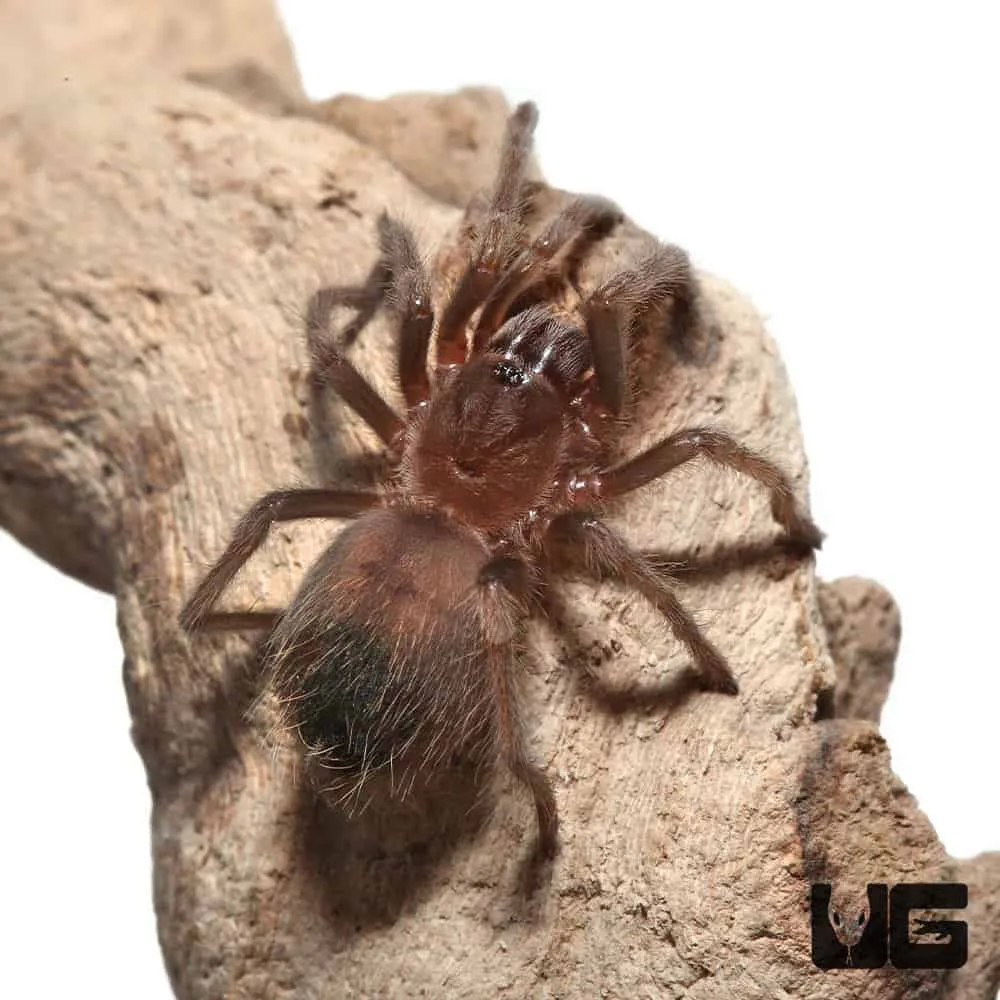
Caring for your Mexican Red Knee Tarantula involves providing a suitable habitat, proper feeding, and safe handling. Regular maintenance, such as cleaning and monitoring environmental conditions, contributes to its well-being. The key areas of care are feeding, watering, handling, and monitoring for any signs of illness. The Mexican Red Knee Tarantula is a relatively low-maintenance pet, but it still needs attention and care. Proper care ensures its long life and allows you to enjoy their unique characteristics. Observe the tarantula’s behavior and appearance. A healthy tarantula should be active, alert, and eating well. Early detection of any problems can prevent serious health issues. Creating a consistent and comfortable environment is key to providing proper care for your tarantula.
Feeding Your Tarantula
Feeding your Mexican Red Knee Tarantula is a straightforward process, but it’s essential to provide the right diet. They are primarily insectivores, so their diet should consist mainly of insects. Suitable insects include crickets, mealworms, and dubia roaches. The size of the prey should be appropriate for the size of your tarantula. Generally, the prey should be no larger than the tarantula’s body length. Feed juvenile tarantulas two to three times a week. Adults can be fed once or twice a week. Remove any uneaten insects after 24 hours to prevent stress and potential harm to the tarantula. It is recommended to gut-load the insects before feeding them to your tarantula. Gut-loading means feeding the insects nutritious food, such as vegetables and commercial insect food, to enhance their nutritional value. Provide a shallow water dish with fresh water at all times for hydration. A well-fed tarantula is a healthy tarantula.
Watering and Hydration
Proper hydration is critical for the health and well-being of your Mexican Red Knee Tarantula. Provide a shallow water dish with fresh, clean water at all times. Use a dish that is shallow enough to prevent the tarantula from drowning. Replace the water regularly, typically every 1-2 days, to prevent bacterial growth. Monitor the tarantula’s behavior and appearance for signs of dehydration, such as a shrunken abdomen or lethargy. In addition to a water dish, you can mist the enclosure lightly with water, especially during molting. The misting will also help to maintain humidity levels. Avoid over-misting, which can lead to mold growth. Hydration needs vary based on the tarantula’s size and environment. Ensure the tarantula always has access to fresh, clean water to ensure its health and prevent dehydration.
Handling and Safety
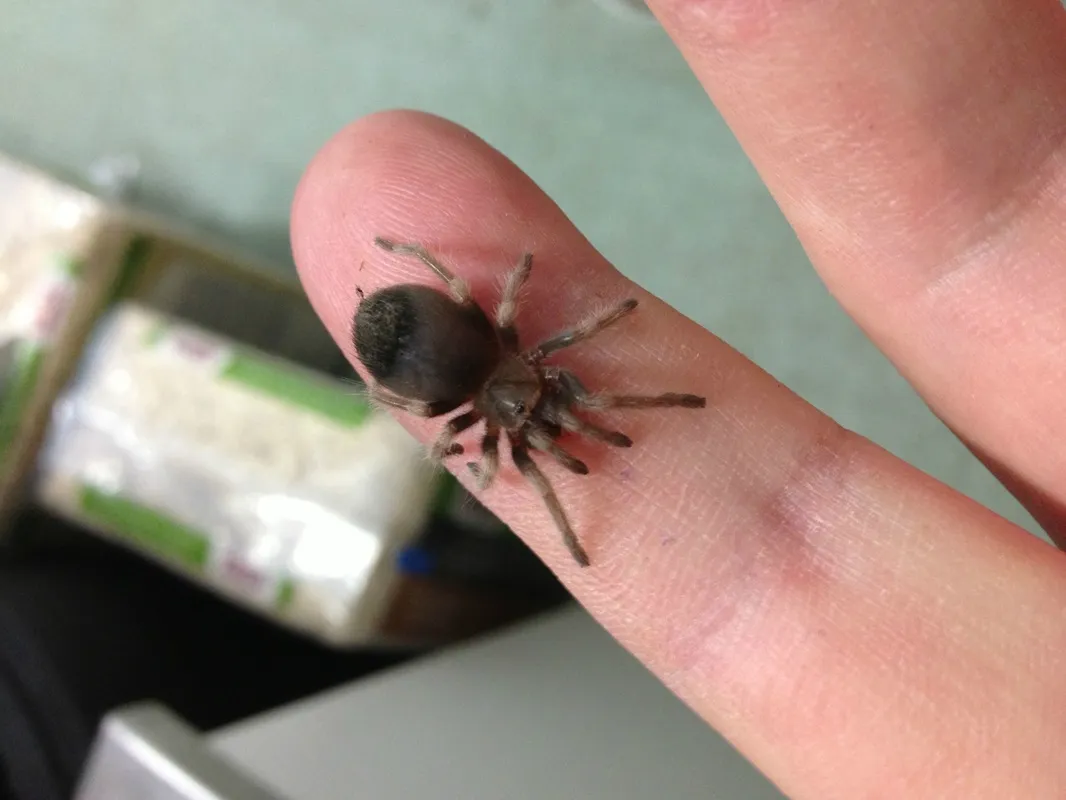
Handling a Mexican Red Knee Tarantula should be done with caution and respect for the animal. While they are generally docile, they can bite if they feel threatened. Avoid handling unless absolutely necessary. If you must handle the tarantula, do so gently and slowly. Always support the tarantula with both hands. Never drop or squeeze the tarantula. Be aware of the urticating hairs. Avoid touching the abdomen, as this area can release irritating hairs. If the tarantula flicks its hairs, avoid touching your face or eyes. Wash your hands thoroughly after handling the tarantula. Observe the tarantula’s behavior. If it shows signs of stress, such as raising its front legs or curling up, do not attempt to handle it. Handling is not required for the tarantula’s well-being. Excessive handling can stress the tarantula. Prioritize its safety and comfort.
Common Health Issues and How to Address Them
Being aware of common health issues is essential for responsible tarantula ownership. One of the most common issues is dehydration. Ensure your tarantula has access to fresh water at all times. Respiratory infections can occur if humidity is too high or ventilation is inadequate. Adjust the humidity levels accordingly, and ensure proper airflow. Parasites, such as mites, can sometimes infest tarantulas. If you suspect mites, consult a veterinarian or experienced arachnid keeper for advice. Injuries can happen, such as damage to the legs or fangs. Minor injuries usually heal during molting. Ensure there are no sharp objects in the enclosure that can cause injury. If you notice any signs of illness, consult a veterinarian or experienced arachnid keeper. A proactive approach to health care can help ensure your tarantula lives a long and healthy life.
Moulting and What to Expect
Moulting is a natural process where a tarantula sheds its exoskeleton to allow for growth. Young tarantulas molt more frequently than adults. As the tarantula prepares to molt, it may stop eating and become less active. You might notice a color change as the new exoskeleton forms. During the molting process, the tarantula lies on its back and sheds its old exoskeleton. This can be a vulnerable time, so avoid disturbing the tarantula during this process. After molting, the tarantula’s new exoskeleton will be soft. Do not feed the tarantula for a few days until the exoskeleton hardens. Dispose of the shed exoskeleton properly. Molting can be a stressful process, so it’s important to provide a safe and undisturbed environment. The process allows the tarantula to grow, and it’s a sign of good health.
Recognizing and Treating Common Ailments
Recognizing and treating common ailments is crucial for maintaining your tarantula’s health. Dehydration can be identified by a shrunken abdomen and lethargy. Ensure your tarantula has constant access to fresh water. Respiratory infections can be caused by high humidity or poor ventilation. Adjust the humidity and ensure proper air circulation. Parasites, such as mites, are visible as small moving dots on the tarantula. Consult a vet or experienced keeper for treatment. Injuries may occur, but most will heal during molting. Provide a safe, clean enclosure to minimize risks. If you notice unusual behavior, such as loss of appetite, lethargy, or unusual movements, consult a veterinarian or experienced arachnid keeper. Early detection is key. Proper treatment and care are essential for your tarantula’s health.
Long-Term Care and Considerations
Long-term care involves several considerations. Continuous monitoring of the enclosure conditions, including temperature and humidity, is required. Regular cleaning and maintenance of the habitat are vital to prevent the build-up of waste and bacteria. Plan for the tarantula’s growth. You may need to upgrade to a larger enclosure as it grows. Research long-term costs, including food and supplies. Provide the tarantula with a varied diet, including a range of insects. Educate yourself continuously about tarantula care. Join online forums or connect with experienced keepers to learn from others. Be prepared for potential health issues and have a plan in place for veterinary care. By planning for the long term, you can provide your Mexican Red Knee Tarantula with a healthy and fulfilling life. It is also important to understand that the tarantula is a pet, and will need care throughout its long lifespan.
Breeding Mexican Red Knee Tarantulas (Optional)
Breeding Mexican Red Knee Tarantulas is an advanced undertaking. It requires extensive knowledge of their reproductive cycle. If you’re considering breeding, research the process extensively before attempting. Only breed healthy, mature tarantulas. You will need to house a male and female together, carefully monitoring their interactions. The process can be complex, and it’s crucial to minimize stress on both tarantulas. If successful, you will need to care for the eggs and spiderlings. Be prepared for the responsibility of raising multiple spiderlings and finding suitable homes for them. Consider the ethical implications of breeding. Breeding requires significant expertise, resources, and dedication. Always prioritize the health and welfare of the tarantulas involved. If you are considering this process, be fully prepared.
The Future of Your Tarantula
Owning a Mexican Red Knee Tarantula offers a unique opportunity to observe and appreciate the wonders of the natural world. By following the guidelines in this guide, you can provide your tarantula with a long, healthy, and fulfilling life. Continue to research and learn about their care, as there is always more to discover. Enjoy the experience of observing and interacting with this fascinating species. Remember to prioritize the well-being of your tarantula and provide it with the care it needs. Be responsible and ethical in your role as a pet owner. A well-cared-for tarantula is a rewarding companion. Enjoy the experience of owning a unique pet.
Conclusion
Buying a Mexican Red Knee Tarantula in the UK can be a rewarding experience, provided you are well-prepared. This guide has provided you with the necessary information to make an informed decision. From understanding their needs and finding a reputable supplier to setting up a suitable habitat and providing the right care, you now have the tools needed to succeed. Always prioritize the health and well-being of your tarantula. Ongoing learning and dedication are key to providing a long and fulfilling life for your tarantula. Owning a Mexican Red Knee Tarantula is a responsibility, but it is also a unique and captivating experience. Enjoy your new pet.
